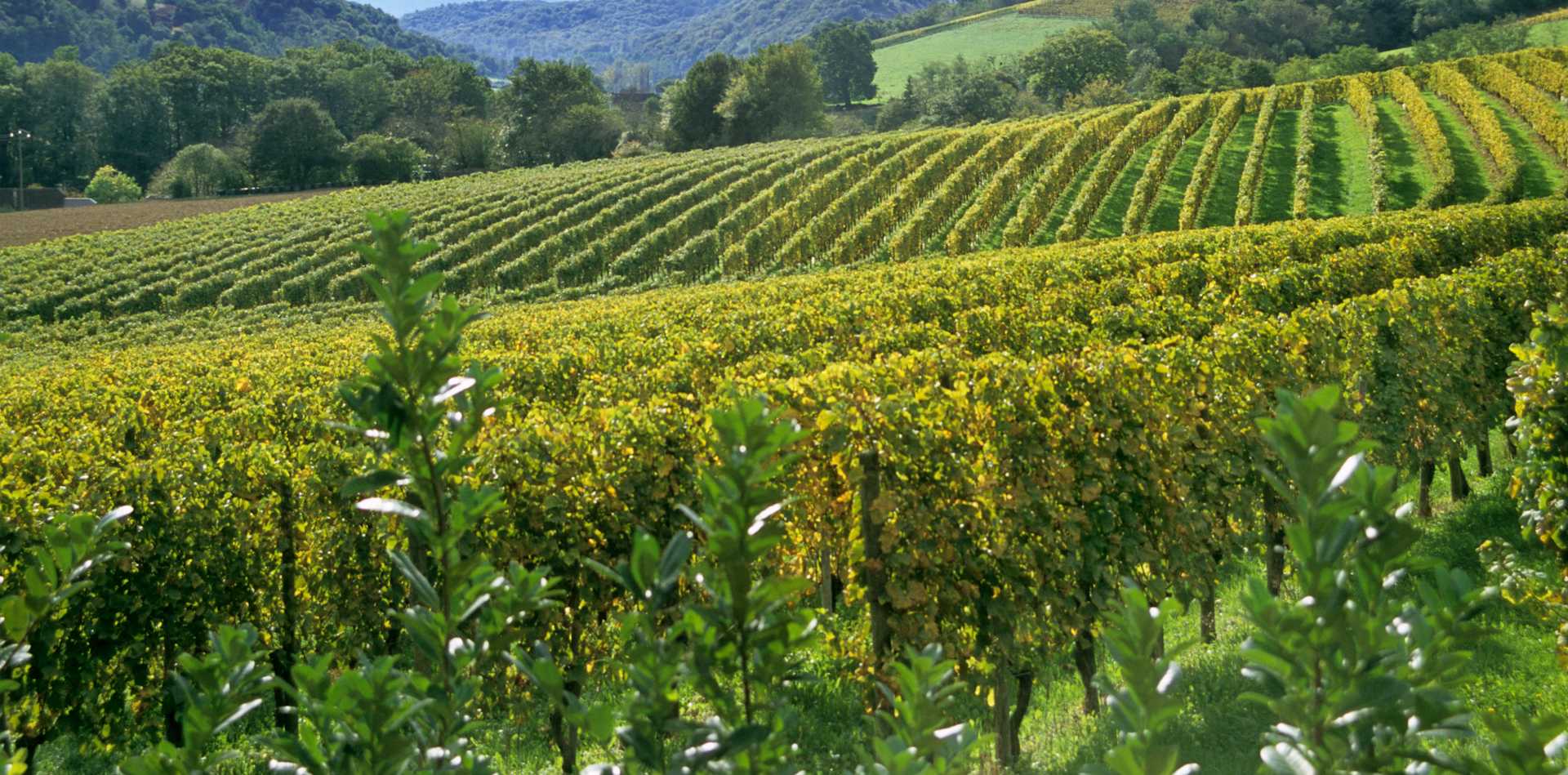Herdade do Rocim Verdelho 2023



Product Details
Your Rating
Somm Note
Winemaker Notes

While capable of making a delightful Portugeuse dry white wine, great as an aperitif and for pairing with raw fish and oysters, Verdelho is also a major grape in the production of Madeira. While many less expensive Madeira wines can be blends of different years or grapes, including Verdelho, single-varietal Madeira represent the highest quality versions that also have long aging capacities. Sercial, Boal, Malmsey and Verdelho are the best Madeira grapes. Of the four, Verdelho is the most concentrated and smoky. It is dry, intense, spicy and is flexible in food pairings. Somm Secret—Like many other fortified wines, Madeira made of Verdelho can tolerate extreme aging and some rare bottles can still be found from the late 19th/early 20th century.

Responsible for a majority of Portugal’s fine wine production—and over half of the world’s cork production—Alentejo represents a major force in Portugal’s wine industry. This southern Portugese region is characterized by stretches of rolling plains and vineyards dotted with majestic cork oaks. Access to land enables the farmers of Alentejo to produce wines in great economies of scale, without compromising quality, compared to those regions to the north. The region of Alentejo indeed covers a third of the country.
Its classified (DOP) wines must come from one of eight subregions, where elevations are a bit higher, air cooler and less fertile soils are perfect for vines. The optimal regions are Portalegre, Borba, Redondo, Reguengos de Monsaraz, Granja-Amareleja, Vidigueira, Evora and Moura. Alentejo is not without the conveniences of modern winemaking as well. Irrigation supplements low rainfall and temperature control in the winery assures high quality wines.
The potential of the area has attracted many producers and its wine production continues to grow. Alentejo’s charming, fruit-forward wines have naturally led to local and global popularity.
White wines tend to be blends of Antão Vaz, Roupeiro and Arinto. However, in growing proportions, the white grapes Verdelho, Alvarinho and Viognier have been enjoying success. But red varieties actually exceed whites in Alentejo. Aragonez, Trincadeira, Alicante Bouschet and Castelão grapes blend well together and are responsible for most of the Alentejo reds.
